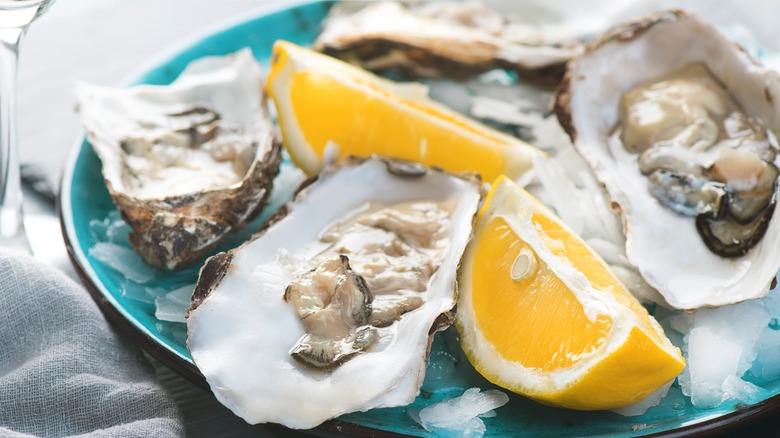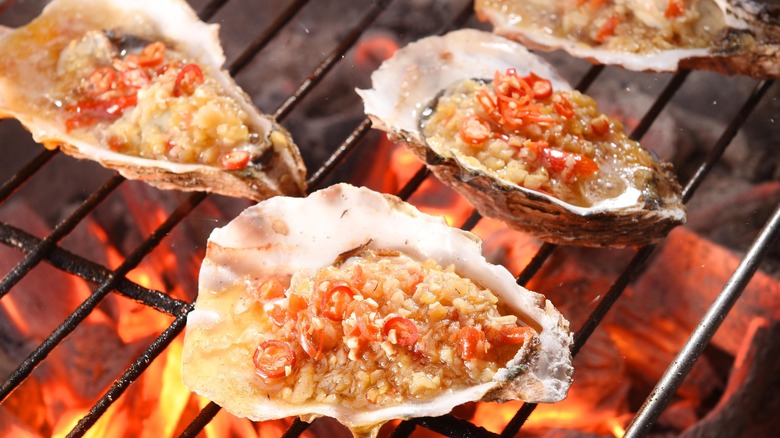How To Tell When Oysters Are Done Cooking
Oysters, with their briny flavor and delicate texture, are a seafood delicacy beloved by many. While enjoying oysters raw is a cherished tradition, there are times when cooking them can be just as enticing. However, knowing when oysters are done can be a challenge that requires a keen eye and a few tricks of the trade.
Cooking oysters is an excellent choice when you want to alter the flavor and texture of the oyster or eliminate safety concerns about consuming raw seafood. Grilling, roasting, or broiling oysters adds a smoky, charred depth to their flavor, making them a delightful treat. If you prefer a firmer, less slippery texture, cooking oysters is the way to go. For individuals with compromised immune systems or those who are pregnant, cooking oysters is a safer option as it eliminates the risk of foodborne illnesses associated with consuming raw shellfish.
When you observe the juices inside the oyster beginning to bubble and sizzle, it's a strong indicator that the oysters are cooking. This happens as the oyster releases its natural liquid. But one of the most evident signs of a cooked oyster is that its shell opens. As oysters cook, the heat causes the oyster to contract, forcing the shell to open slightly. This is a visual cue that they are ready. Finally, as oysters cook, their edges often begin to curl. This is especially noticeable when broiling or grilling oysters.
Tips to avoid overcooking oysters
The fine line between perfectly cooked and overcooked oysters can be quite thin, so it's important to exercise caution. Overcooked oysters can become rubbery and lose their delightful tenderness. To avoid this culinary misstep, keep a close eye on your oysters as they cook. The moment you notice the shells open and the edges curl up, they are likely done. Remove them promptly to prevent overcooking.
If you're unsure about the cooking time, using a timer can be a helpful tool. Start with a shorter cooking time and adjust as needed to achieve your desired level of doneness. Lastly, if an oyster stubbornly refuses to open, do not try to pry it open. It may not be safe to consume. Instead, discard it.
Cooking oysters is a culinary skill that, when mastered, can result in a delectable seafood experience. By watching for visual cues and exercising careful attention, you can savor perfectly cooked oysters that are tender, flavorful, and a delight to the palate. Whether you choose to enjoy them raw or cooked, oysters are a culinary treasure worth exploring at home.

